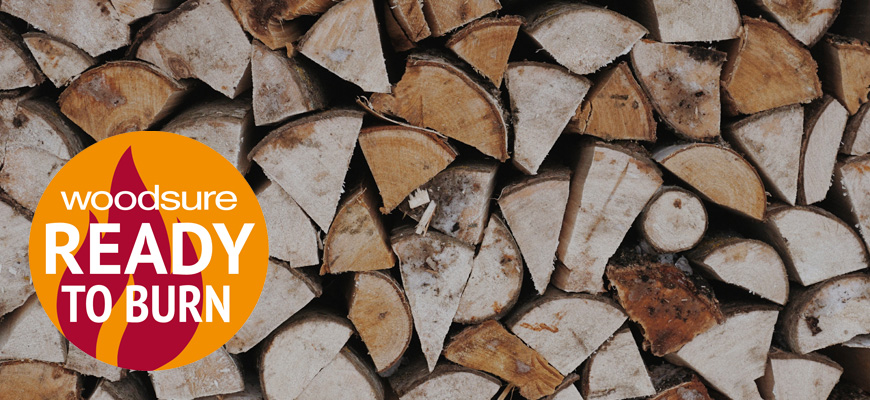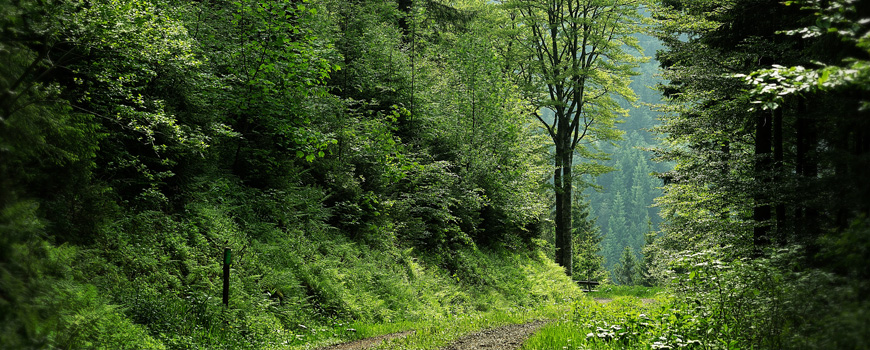
As part of the Clean Air Strategy the government will ban the most polluting fuels – wet or ’fresh’ wood and coal – next year, and has made clear there are no plans to ban wood burning stoves. Read on to find out how you can easily burn the right wood and mineral fuels.
We welcome today’s fantastic news that the government is encouraging the public to only burn good dry wood or approved smokeless fuels, and will be banning poor-quality wet, unseasoned wood and polluting coal fuels.
As a manufacturer of high efficiency Ecodesign stoves and fires that produce minimal emissions in comparison to open fires and older stoves, good quality fuel is fundamental for optimum heating performance and reducing PM2.5 particulates.
You may have heard the government talk about ‘cleaner alternatives’ such as dry wood, as reported in today’s media. Dry wood is seasoned or kiln dried wood has a low moisture content below 20% and therefore burns with minimal smoke emissions when burnt in a high efficiency stove. There are a number of ways to get good quality dry wood for your stove.
If you collect your own firewood, you will need to store it in a dry and ventilated place to allow it to season. This takes between 18 months and 2 years, so it’s a good idea to organise your firewood according to when you collected it and how long it has been stored. You can easily check your logs with a moisture meter to make sure the moisture content is below 20% and ready to burn.
 If you decide to buy your wood, make sure you choose a supplier bearing the Woodsure Ready to Burn logo and always store logs out of the rain. Their seasoned or kiln-dried wood has been confirmed to have a moisture content of 20% or lower, so you can be certain the logs you are buying are immediately ready to burn. Woodsure Ready to Burn wood is far better value than wet wood because it produces much more heat per log. We’ve partnered with a Woodsure fuel supplier Certainly Wood who will send you a free starter kit of good quality logs, kindling and eco-friendly firelighters when you register your Stovax stove, as part of our eco-friendly tree planting initiative.
If you decide to buy your wood, make sure you choose a supplier bearing the Woodsure Ready to Burn logo and always store logs out of the rain. Their seasoned or kiln-dried wood has been confirmed to have a moisture content of 20% or lower, so you can be certain the logs you are buying are immediately ready to burn. Woodsure Ready to Burn wood is far better value than wet wood because it produces much more heat per log. We’ve partnered with a Woodsure fuel supplier Certainly Wood who will send you a free starter kit of good quality logs, kindling and eco-friendly firelighters when you register your Stovax stove, as part of our eco-friendly tree planting initiative.
Wet or ‘fresh wood’ refers to recently felled wood that has not had time to season and dry out enough to be able to be burnt efficiently. As a result, the moisture in the unseasoned wood, which can equate to as much as a pint of water per log, creates creosote and soot as it burns off and can block up your chimney or flue system. Wet wood produces a fraction of the heat generated from good quality wood, whilst emitting dirty black smoke from your chimney.

Authorised Smokeless mineral fuels produce minimal smoke and have a sulphur content below 2%. These fuels can be burnt in urban areas. For a full list of government approved smokeless mineral fuels, please see the DEFRA list here.
Coal (typically called ‘house coal’) is highly polluting, and can also damage your stove or fire due to the high temperatures it reaches when burning. High sulphur smokeless fuels are mineral fuels with a sulphur content above 2% which also harm air quality. The sales of these polluting fuels in small quantities will be banned by the government next year, with larger amounts from coal merchants being phased out later.
The sales of wet wood and house coal, typically available in small amounts from petrol station forecourts has never made sense – particularly in urban areas with smoke control restrictions. Wet wood and house coal are not fit to burn for heat in any domestic setting. In addition to producing far more smoke and harmful PM2.5 particulates which damage air quality, these fuels will also damage your stove and chimney or flue system.
For tips on how to minimise wood burning emissions and find out how Stovax is supporting the government’s clean air strategy, check out our Burn Clean Q&A.
ecodesign Ecodesign Ready smoke control area stovax wood burning wood burning fires wood burning stoves
Sign up to our newsletter and receive the latest news and updates, including product launches, offers and promotions, exclusive giveaways and competitions, as well as seasonal tips and advice.
Subscribe Now!
I can appreciate the aim of reducing the amount of wet wood and coal being used in open fires and inefficient stoves although I feel there are many many more important issues on which to develop policy! The demand for firewood is promoting woodland expansion in the uk (one of the lowest woodland covers in Europe). Such woodland helps moderate flooding, encourages habitat for people and wildlife, provides an alternative to grazing in the local economy, diversifies our non fossil fuel mix…I could go on! Let’s not have the baby thrown out with the bath water here!
Hi Adrian, we couldn’t agree with you more regarding the promotion of UK woodland expansion for all the reasons you mention. We’re actually working with a leading British firewood supplier to plant more trees in the UK, please see our blog post here for more information. Our goal is to plant 10,000 trees a year to make Britain greener and ensure woodland is a sustainable source of good quality seasoned or kiln dried wood for heating.
I have a 15 year old Stovax Brunel which has been excellent but my current problem is how to buy low sulphur fuel that doe not clog up snd give my stove engineer great angst! And me extra cost in maintenance
Hi John, anthracite works well for multi-fuel stoves but really any of the fuels on the DEFRA authorised smokeless fuels list would be ok. Hope this helps!